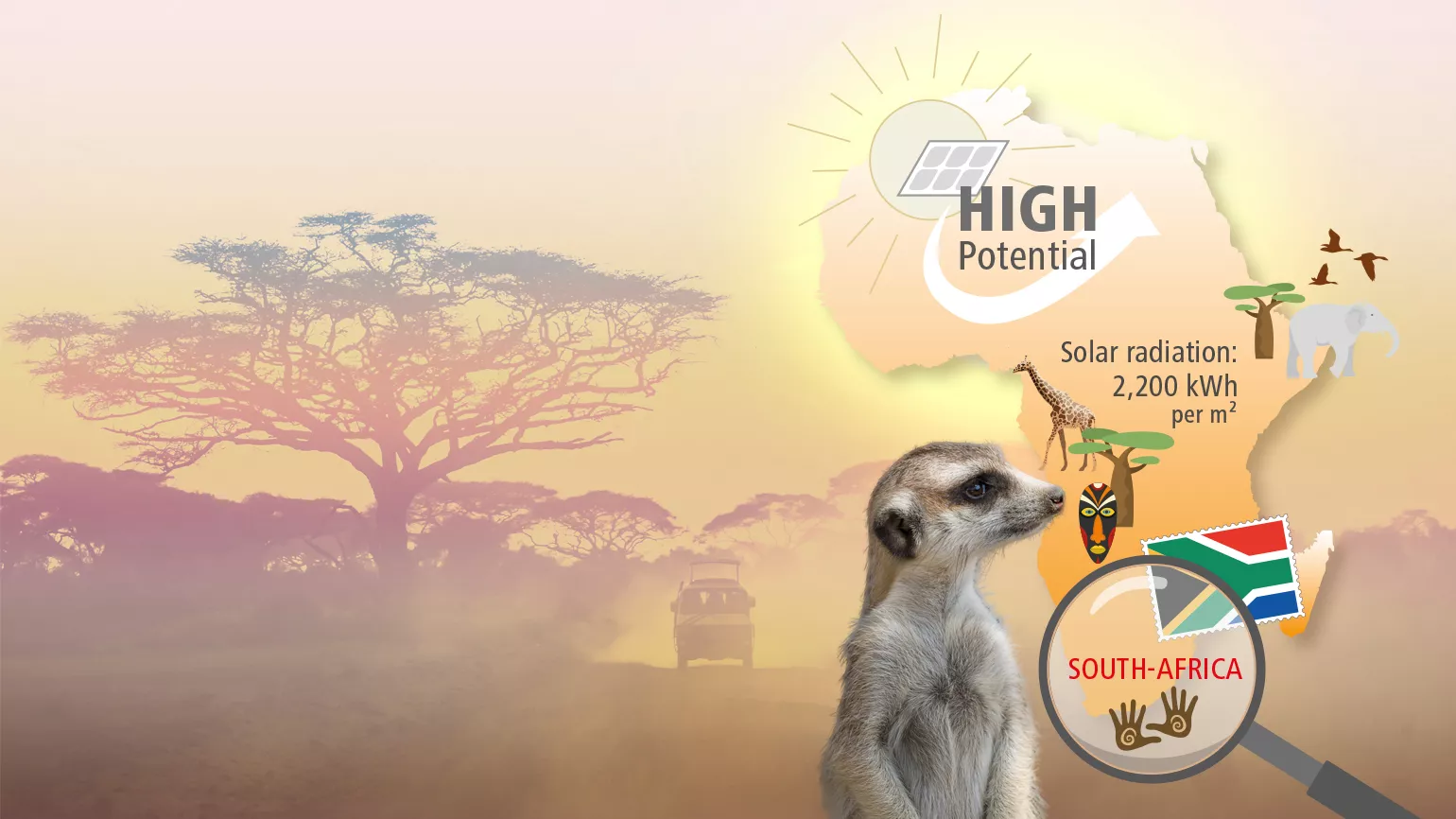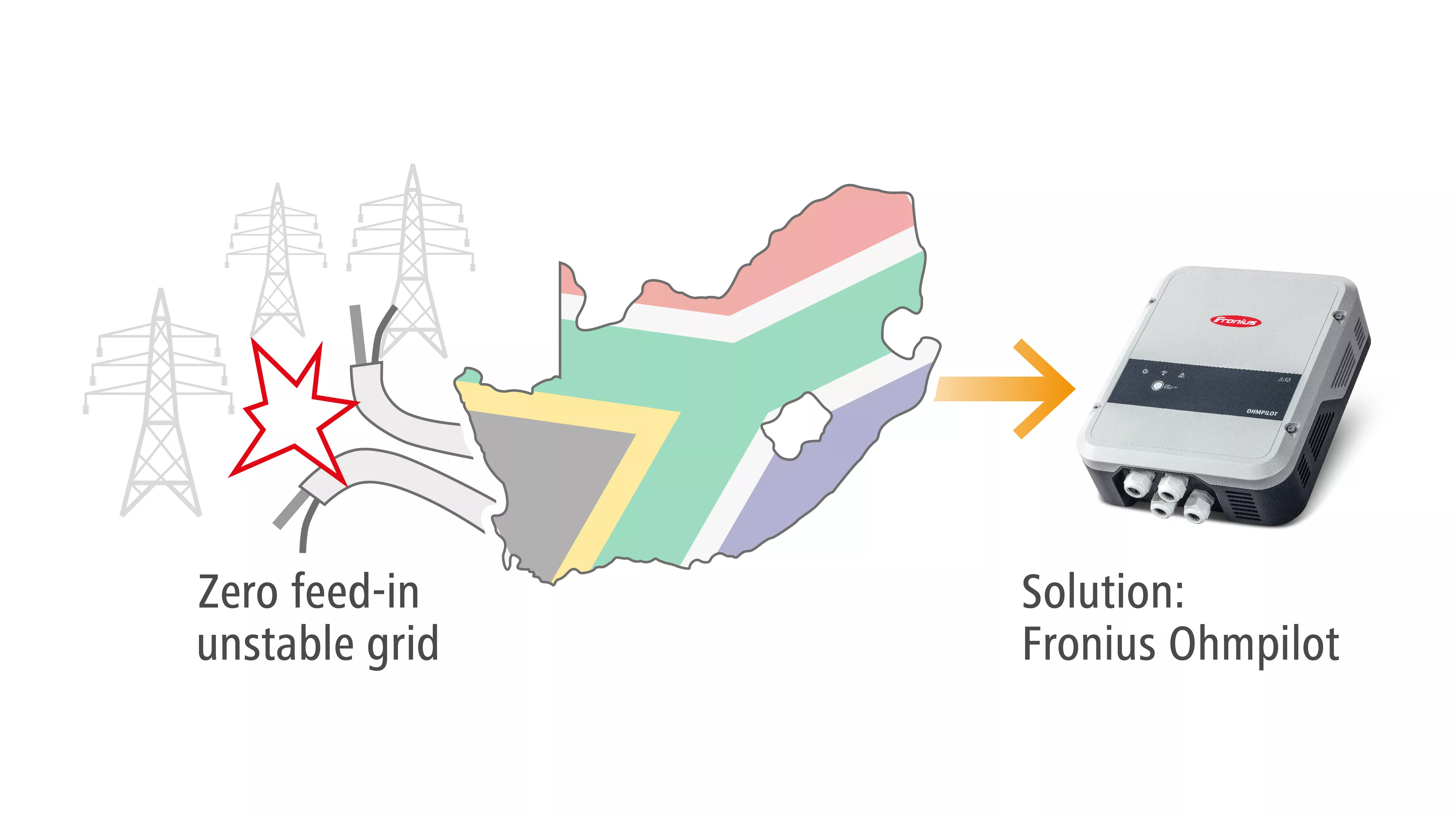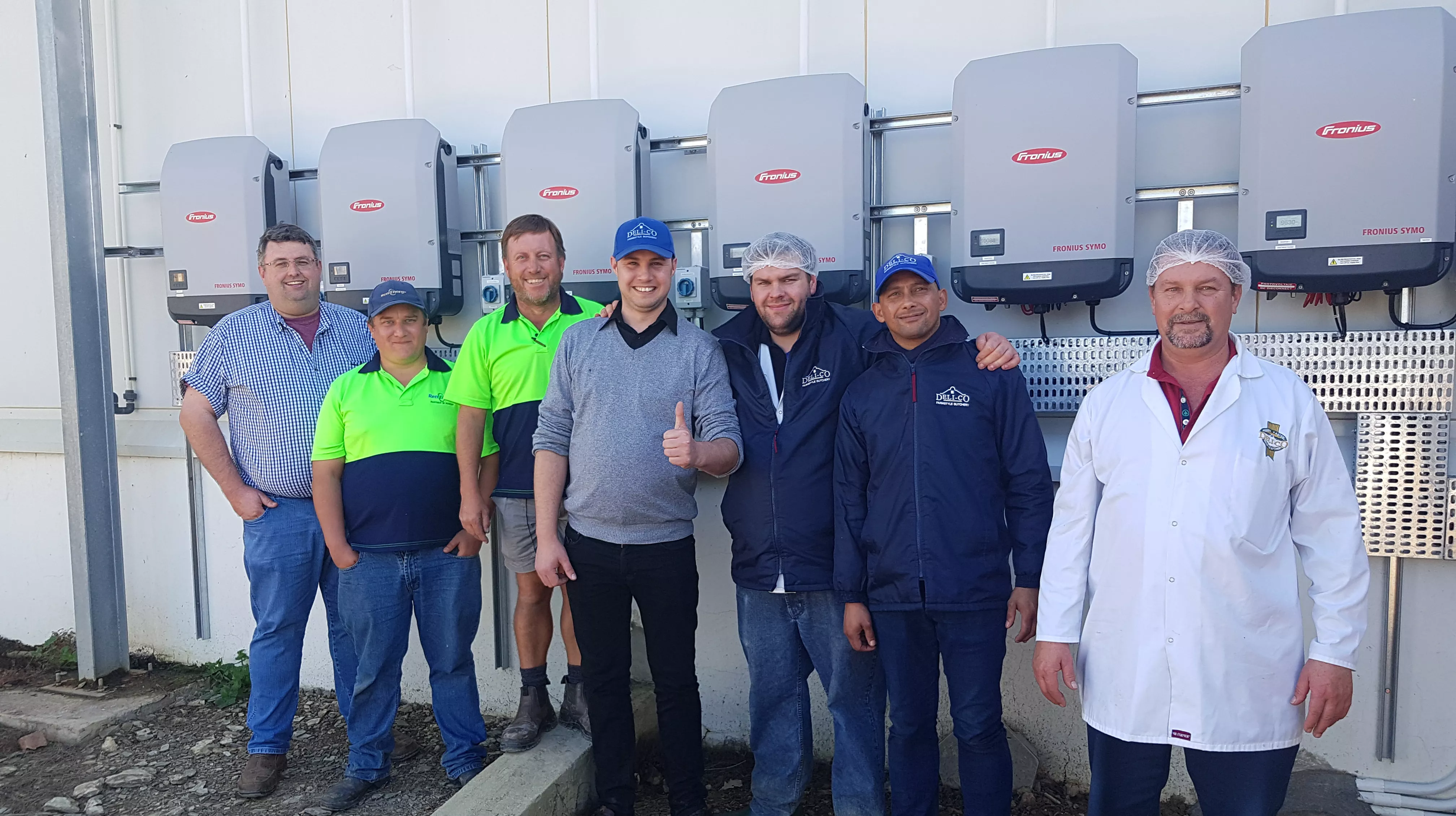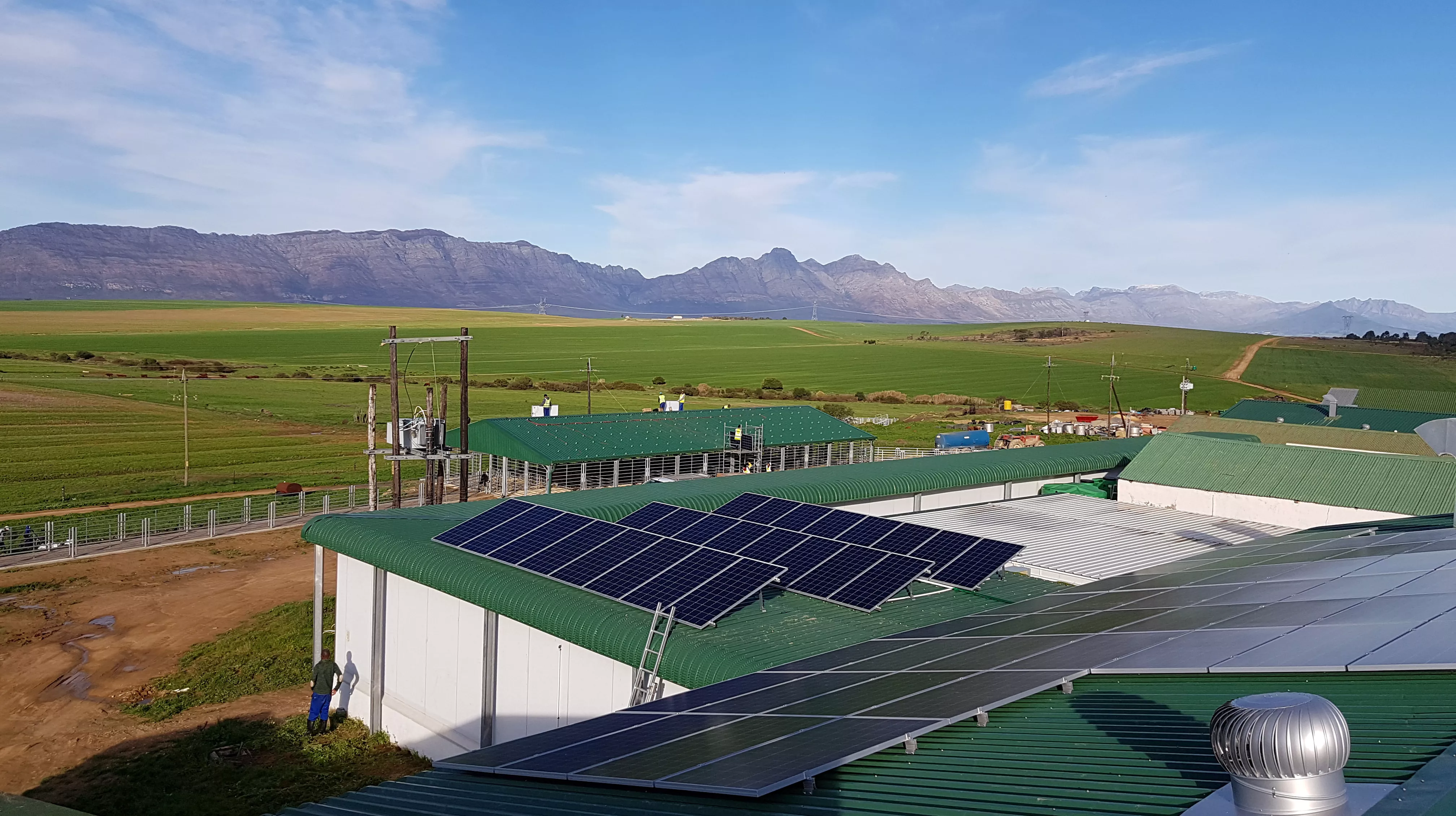South Africa – creating a stable & sustainable power supply with photovoltaics

Exploiting potential through tax incentives
Although the African continent has the second highest population in the world at 1.2 billion people, the PV capacity of 5 GW (of which 1.8 GW is in South Africa) is just one percent. By comparison, China, with a similar population, installed around 40 GW in 2018 alone. According to the South African Department of Energy, the country’s electricity demand will double to around 90 gigawatts by 2030, which presents both opportunities and difficulties. In order to achieve the declared goal of generating 17.8 GW from renewable energies by 2030, PV systems are supported by the government with tax breaks. Depending on the size of the system, the government will grant a percentage-adjusted reduction in business tax liability.
“Load shedding” due to grid overloads
Years of neglecting urgently needed maintenance work on coal-fired power stations has led to constant overloading of the grid, forcing the national grid operator “Eskom” to resort to load shedding. The term “load shedding” means the temporary and partial shutdown of the electricity supply due to a lack of generating capacity to prevent a nationwide blackout. This represents an unacceptable risk, especially for banks that conduct stock exchange trading, hospitals and companies. For this reason, the push for greater reliability of supply and independence from the public grid is increasing and is also driving the photovoltaic market. Since load shedding takes place most often in the evening, storage systems are indispensable. The “GEN24”, for example, offers a very good back-up solution. This hybrid inverter is an all-in-one solution with an integrated energy management system and emergency power supply function that can be adapted to individual customer requirements.
The Fronius Ohmpilot as a solution for zero feed-in limitation
Although the grid integration of photovoltaic systems has made great progress in recent years, the grid operator demands a PV power feed-in limitation – the zero feed-in limitation. This regulation results from the risk that the infeed of the PV power will lead to thermal overload, which would endanger the stability of the grid. The zero feed-in limitation is compatible with the Fronius Ohmpilot thanks to dynamic power reduction of 0 - 100%. The electricity is used to generate heat rather than being restricted. The Ohmpilot also offers the advantage of increasing the rate of self-consumption to up to 100%, so that less electricity is required from the grid and thereby reducing the energy costs.

Low system costs & rapid pay-back
Due to the continuously decreasing system costs and its relatively simple implementation, photovoltaics is the renewable energy technology with the greatest growth. In addition, PV systems boast lower manufacturing costs and a faster pay-back time than, for example, mains electricity, which further increases the attractiveness of such systems. Unused roof space on commercial and industrial buildings as well as the expansion of solar parks form an important market segment.
Reliable, local partners
Through our valuable partners, such as
Innomatic, customers benefit from a strong and reliable contact person in their
region.
“Working with Innomatic is an example of a partnership in action. Since
2014, Innomatic has been representing Fronius in South Africa and is not only
responsible for sales but also for the after-sales service for our products.”
(Area Sales Manager Hannes Wendeler)
Great range of courses & demand for training in South Africa
Fronius offers an exciting platform of further training for installers in the form of interactive face-to-face training. More than 200 participants have so far responded enthusiastically to the range of courses available and have strengthened their knowledge and skills in handling Fronius products. Those looking for a more flexible approach to training can register for online webinars. The increasing number of participants in training courses and webinars strengthen this innovative concept of further training.
Find out more about our local training programme:
Downloads
“The potential for PV in South Africa is
extremely big and it is still developing. At Fronius we can play a key part in
order to spread the use of PV by offering products that are reliable,
efficient, innovative and – most importantly – that come with a professional
support service.
We also offer a range of training courses which will ensure
that installers know how to install, commission and service our products as
well as how to make the most out of the wide range of smart features packed
inside every inverter.”
Technical Consultant in South Africa:
Muhammed Seedat


